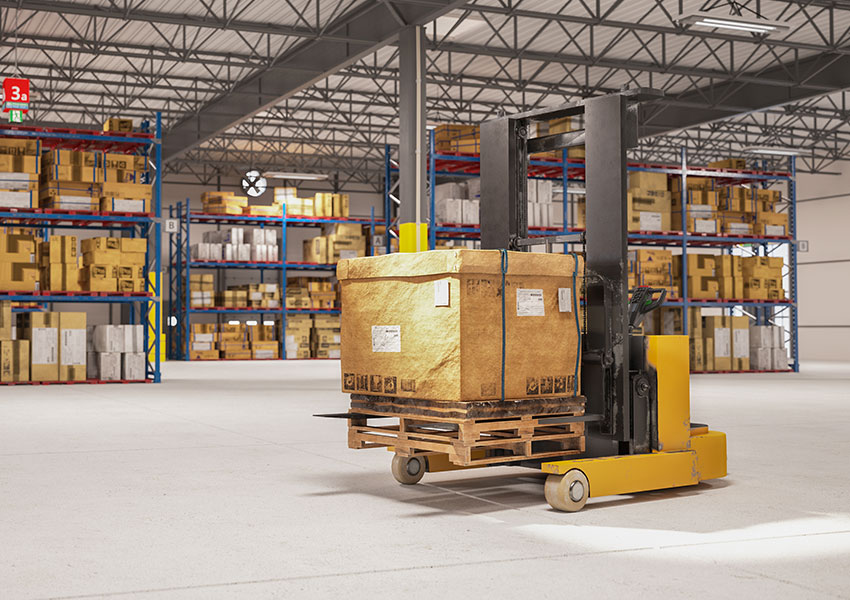Amazon Reserved Inventory & What It Means For Your Business

Amazon selling can present several issues that sellers need to be familiar with. One such aspect that often raises questions among sellers is Amazon reserved inventory. Understanding this concept is crucial, as it directly affects how much stock is available for immediate sale.
What Is Amazon Reserved Inventory?
Amazon reserved inventory refers to items in your stock that are temporarily unavailable for sale. This can be due to several reasons, such as items being transited between warehouses, products undergoing inspection, or items set aside for upcoming orders. While these items are in your inventory, they are not listed as available for purchase until they are out of the reserved status.
Reasons for Reserved Status
- Transfers: Amazon operates multiple fulfillment centers. Sometimes, to optimize storage or to position stock closer to customers, Amazon may transfer items between these centers. During transit, these products are placed in reserved status.
- Inspection: If products arrive at the fulfillment center and need verification or inspection, they will be temporarily reserved. This process ensures that items meet Amazon's standards before being listed for sale.
- Pending Orders: When a customer places an order but hasn't completed the payment process, the item is reserved, ensuring it doesn't get sold to another customer during this period.
- Holds: Occasionally, Amazon may place a hold on certain items due to various reasons, such as potential issues with the listing or concerns about the product's authenticity.
Understanding the Impact Reserved Inventory on Your Business
Reserved inventory on Amazon can have a significant impact on various aspects of your business operations. It influences inventory planning! When certain items are in reserved status, they effectively reduce the available stock for sale. This means that when planning inventory replenishments, it's crucial to take into account these reserved items to avoid the pitfalls of understocking or overstocking.
Moreover, reserved inventory can also affect your sales analysis. The presence of reserved items can skew your sales data, making it important to understand why certain items are reserved and for how long. By examining this information, you can gain valuable insights into potential areas of improvement. This might involve enhancing product listings or optimizing packaging to reduce inspection times, ultimately expediting sales.
Reserved inventory also has implications for cash flow considerations. Items held in reserved status represent a portion of your inventory that is not generating immediate revenue. Therefore, it's essential to factor this into your cash flow planning, particularly if a significant part of your inventory is frequently held in reserve. This awareness allows you to manage your financial resources more effectively and maintain a healthy cash flow for your business.
Ways to Manage and Reduce Reserved Inventory
Managing and reducing reserved inventory involves several strategies that can help you maintain better control over your Amazon business. Optimize your product listings. Make sure they are clear, accurate, and compliant with Amazon's guidelines. When listings are in good standing, you can reduce the chances of your items being held for listing-related issues, which often result in reserves.
Monitoring your inventory health report is another essential practice. Amazon provides this report, offering a detailed view of your reserved inventory. By regularly reviewing it, you can gain insights into the reasons behind reserves and the durations they last. This data-driven approach helps you identify areas for improvement.
Efficient packaging plays a critical role in minimizing reserved inventory. Ensure that the products you send to Amazon's fulfillment centers are properly packaged and have clear labels. This can expedite the inspection process, reducing the time items spend in reserved status.
Staying updated with Amazon's policies and procedures is vital too. These can evolve over time, especially those related to inventory management. Being aware of any changes ensures you're always in compliance and can proactively take steps to minimize potential holds on your products.
While reserved inventory is a standard aspect of selling on Amazon, understanding its nuances can make a significant difference. By being proactive and responsive, sellers can ensure a smoother selling experience.
